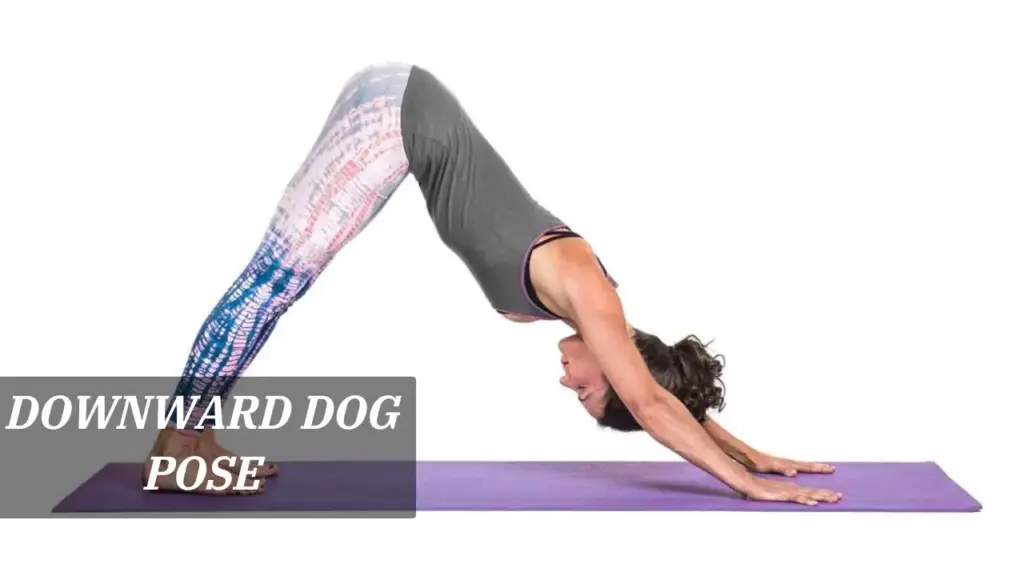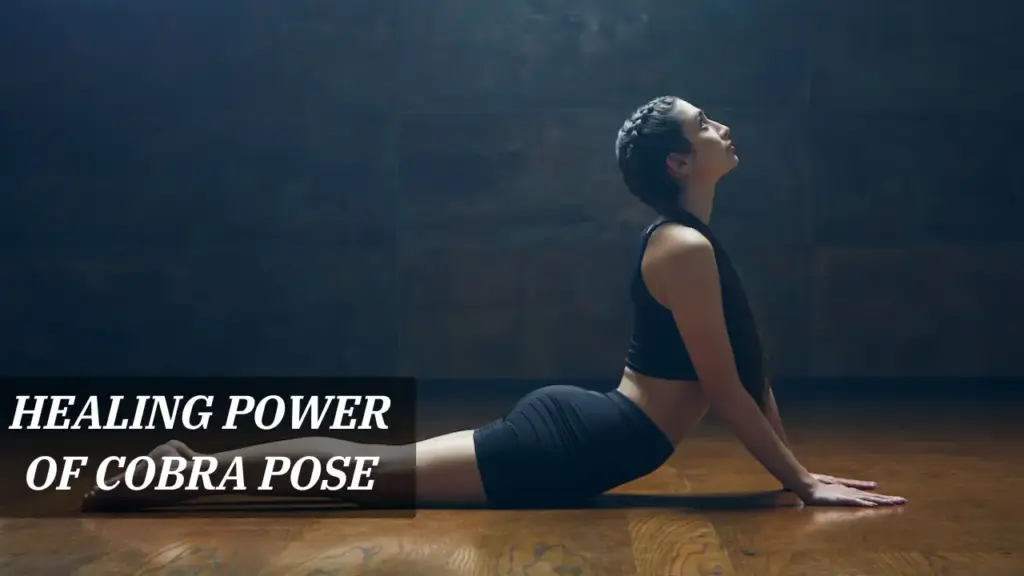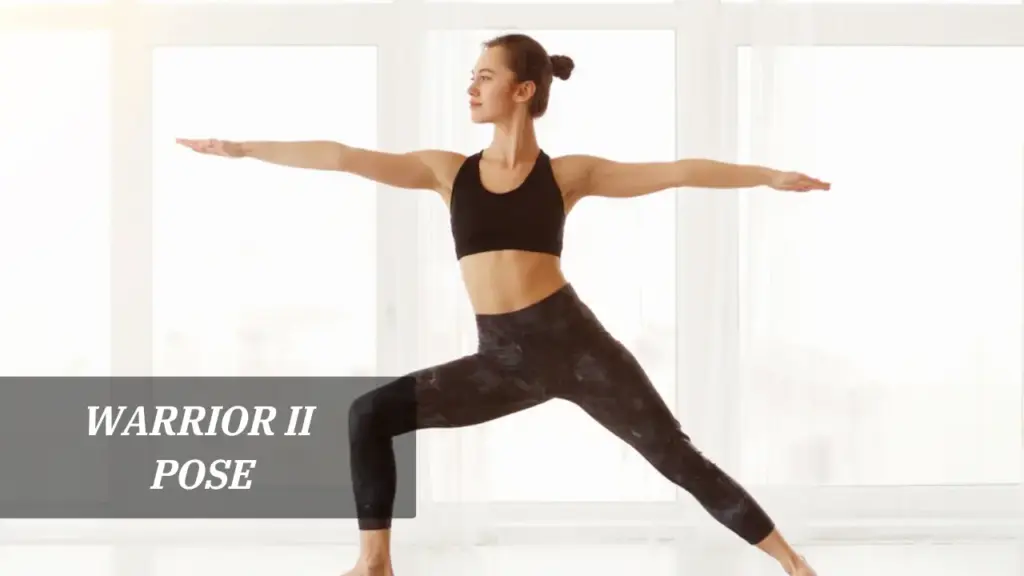The Downward Dog pose, or Adho Mukha Svanasana, holds a unique place in yoga. It’s a seemingly simple pose, yet it offers boundless benefits for flexibility, strength, and peace of mind. If you’ve ever felt challenged in mastering this pose or wondered if you’re getting the full benefit, you’re not alone. Yoga enthusiasts of all levels can face difficulties with alignment, endurance, or simply finding ease in the position. This guide aims to help you explore Downward Dog with fresh eyes and discover simple adjustments to make this classic pose work best for you.
Discover More : Unlocking the Healing Power of Cobra Pose: Essential Benefits for Spine Health and Wellness
In this article, you’ll uncover everything you need to elevate your experience of Downward Dog. We’ll dive into practical adjustments, help you build strength and flexibility, and reveal how to adapt the pose for various skill levels. From understanding alignment essentials to breathing techniques that make a difference, here, you’ll find tips that simplify and enrich your practice of Downward Dog.
How to Perfect Your Alignment in Downward Dog
One of the main elements in making Downward Dog effective and enjoyable is alignment. Proper alignment allows your body to maximize strength while minimizing strain. Start by placing your hands shoulder-width apart and grounding your palms into the mat, distributing your weight evenly. To protect your wrists, ensure your fingers are spread wide and press through each fingertip. This small adjustment not only helps in stability but also aids in activating your upper body.
Now, shift your attention to your feet. Position them hip-width apart, rooting down through the heels as much as you comfortably can. Keep a slight bend in the knees if you’re new to the pose, as this modification prevents unnecessary pressure on your hamstrings and lower back.
Discover More : Discover the Best Yoga Poses to Begin Your Journey: A Complete Guide for New Practitioners
Boosting Flexibility and Building Strength
Downward Dog is as much about flexibility as it is about strength. To improve your flexibility, focus on engaging your entire body. Imagine lifting your hips high towards the ceiling, creating a “V” shape that elongates your spine. While doing this, relax your neck, letting your head hang freely without tensing your shoulders. For additional strength-building, focus on tightening your core and glutes, which supports the lower back and creates more stability in the pose.
To make this pose easier to hold, try to integrate it gradually into your daily routine. Holding Downward Dog for just 10-20 seconds every day can create noticeable improvement in flexibility and muscle tone over time.
Common Challenges and Simple Solutions
Many people experience wrist pain or discomfort in their lower back during Downward Dog. If this sounds familiar, there are easy adjustments that can help. For wrist support, consider using a small towel or padding under your palms to relieve pressure. Lower back discomfort often results from tight hamstrings; keep a slight bend in your knees to ease tension here. By personalizing these adjustments, you’ll find that Downward Dog becomes not only accessible but also more beneficial for your body.
Breathing Techniques to Enhance the Pose
Proper breathing is a powerful tool in Downward Dog. It helps to sustain the pose, adds to relaxation, and brings focus to the mind. Aim to breathe deeply through your nose, filling your lungs entirely with each inhale and exhale. As you breathe in, visualize creating space within your body, lengthening your spine, and expanding your chest. With each exhale, release any tension you feel in your shoulders and neck.
Why Consistency Matters in Your Yoga Journey
Consistency in practicing Downward Dog can make a world of difference. The more often you practice, the easier it becomes to settle into the pose with confidence and ease. Whether you’re integrating it into a full yoga routine or practicing it on its own, Downward Dog offers benefits that extend beyond flexibility and strength. With regular practice, you may find improved posture, a reduction in stress levels, and a growing sense of calm.
Incorporating these simple adjustments and breathing techniques can transform your approach to Downward Dog, making it not only achievable but enjoyable. Whether you’re a seasoned yogi or a beginner, these tips offer an accessible path to mastering this iconic pose.
Discover More : Your Complete Guide to Starting Yoga: Essential Tips for Every New Practitioner


